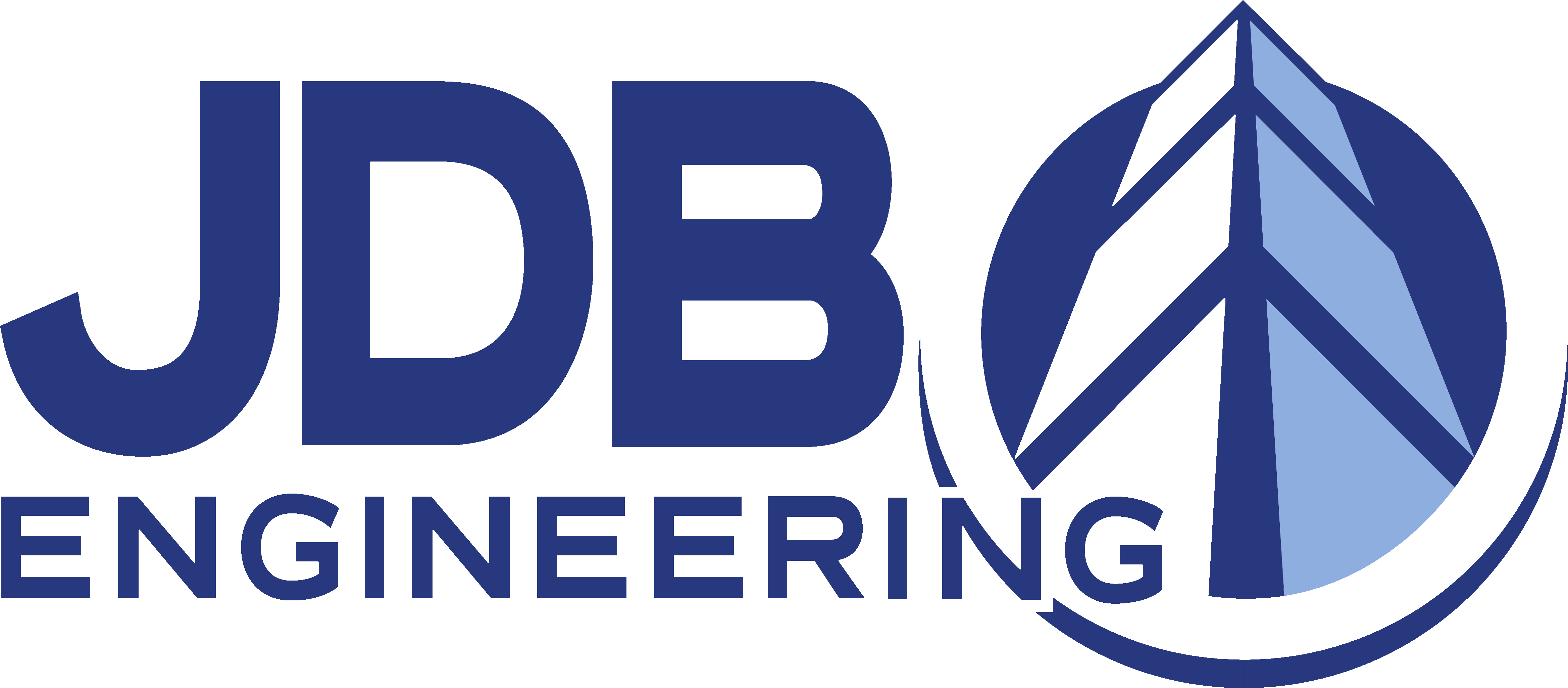
by Scott D. Butcher, FSMPS, CPSM
If you’re like most A/E/C professionals, you probably don’t enjoy conducting sales over the telephone, especially if you are prospecting. Yet sometimes you still need to pick up the phone, no matter how much you hate it.
It makes sense. Traditional “cold calling” is now considering “interruption marketing,” meaning that you are interrupting someone’s day by placing the call. We all hate receiving cold calls, whether at home or at work. In fact, how many of us look at incoming phone calls and ignore them if we don’t recognize the number?
What’s funny is that a lot of design and construction professionals I know have no problem picking up the phone when it is project-related. They’ll call the client, potential vendors, local government officials, consultants, subcontractors, or anyone else necessary in the pursuit of an answer to achieve a successful project. Sometimes they know the people they are calling; other times they’ve never previously spoken. And yet these same, skilled phone conversers cower at the thought of calling someone they don’t know if it is done in the context of business development!
Sure, if the prospect calls them, it’s an easy conversation. But when the roles are reversed, the stress levels shoot up! However, no matter how many emails you send, LinkedIn connections you make, social media comments you post, blogs you write, or presentations you give, there must still be meaningful conversation. Few projects are won without robust two-way communication.
Ultimately, you’ll want the conversation to be face-to-face, beyond a superficial conversation in a networking environment. This is where the warm call comes in.
A warm call differs from a cold call in that you have a reason to be placing the call – you know the person, someone suggested you contact them, they saw you present, you saw them present, you connected on social media, you spoke briefly at a conference or event (like an IFMA meeting), etc. A cold call is when you don’t know the person at all and have no prior points of connection. Sometimes that is still necessary, but usually it isn’t, especially with all the tools available today.
Ask an existing client if he or she can provide the names of any counterparts at other companies. The call instantly becomes warm: “Hello, John, my name is Scott Butcher, and I’ve been working with Sarah Doe at Acme Products. She suggested that we connect. I understand that…” (Ideally, Sarah. would have primed the pumps by first talking to John, emailing him, or doing a social media introduction. But this is not always the case.)
If you give a presentation somewhere, get the attendance list, and follow-up. “Hi John. This is Scott Butcher. I wanted to thank you for attending my program about Building Information Modeling, and I’m hoping you would be willing to share some feedback with me.”
Connecting on social media may be another excuse for a warm contact. “Hi John, Scott Butcher here. Thank you for connecting with me on LinkedIn. As I mentioned in my connection request, we’re pulling together an educational program about health care facility trends, and I wanted to personally invite you to attend. Do you have time tomorrow for a short call?”
Remember the old adage that people hate to be sold, but they love to buy. So don’t sell on the phone. Don’t push your company, products, or services on them. Just have a conversation. Learn about them and their needs. Provide information and value. Establish yourself as a resource.
By all means, if you know that they have a need for your services right now, talk about it. But don’t sell. If they are looking to build in a municipality where your civil engineering firm has worked, share some of the processes or pitfalls they need to be aware of. If they are building a hotel and you are a mechanical firm, share with them the value of a VRF system for that type of project. If you sense that schedule is critical, tell them about your firm’s approach to modular construction on a recent project, and how that helped get your client into their facility 20% faster than traditional methods would have allowed.
But don’t say, “Do you need an architect? Oh, you have a firm you normally use? Okay. Thanks. Bye.” (How many times does that exact conversation occur around the country every day?)
Sometimes you might not easily have that “point of warmth,” like you met them at a networking event, they commented on your blog, or a client suggested you call them. So dig deeper. Check them out on LinkedIn or Twitter, if they are active. Conduct a Google search. Learn about them. Look for points of commonality – shared contacts, hobbies, organizations, colleges, interests, and so on. Certainly, if you identify someone you know who knows them, talk with the mutual connection. Learn about the prospect. See if you can get an introduction – or at least some intelligence that will help turn a cold call into a warm call.
Do This
- Don’t pick up the phone until you consider the “Seven P’s”: Prior Proper Preparation Prevents Piss Poor Performance.
- Do your research before you make a call – never pick up the phone to make a call before doing your homework first. Learn about the person you are contacting. What are your points of commonality? Do you have any contacts in common? Check out their LinkedIn profile or online bio.
- Determine Value Message(s) – how can you articulate an offer of value to them? What is the offer, why is it important to them, and what is proof that it will work?
- Create a call agenda. What is the purpose of your call? What would you like to discuss with them? Why should they want to speak with you? Your agenda may be as simple as:
o Introduction – who you are
o Overview – why you are calling; include common points of interest, referrer, online connection or groups in common, etc.
o Value Message – what can you do to make their life easier or solve a challenge they are facing?
o Call to Action – what would you like them to do because of your conversation (and again, what’s in it for them)? - Think about a voice mail message with call to action. Know that there’s a fairly-high probability that the person you are contacting will not actually pick up the phone. You may choose to not leave a message the first few times, but eventually you will need to speak to the dreaded voicemail! Plan what you are going to say, in advance, so you don’t sound like a bumbling idiot. Reference the agenda above for an outline of what to say.
- Be yourself and be authentic. I hate when people call me and it seems like they are literally reading from a script. Or they try some sort of faux flattery that I can see coming from a mile away. Or they say something a little too personal about me that makes me feel like they are a creepy stalker! Or they are clearly following some 15-point sales system. Instead, let your personality show through.
- If you cannot reach the person via phone, consider reaching out to them via email or a LinkedIn connection request or InMail. The outline above works equally well when written, although it is easy to ignore emails from people you don’t know!
- To borrow the immortal slogan from Nike: “Just Do It!” There can be no positive outcome if you don’t pick up the phone.
Trying to invigorate or reinvigorate your business development program? Reach out to Scott D. Butcher, FSMPS, CPSM at 717.434.1543 or email him to learn how jdbIQity can help, from presentations and training programs to facilitation and customized consulting.
Connect with Scott
- LinkedIn: https://www.linkedin.com/in/scottdbutcher
- Twitter: https://twitter.com/scottdbutcher


